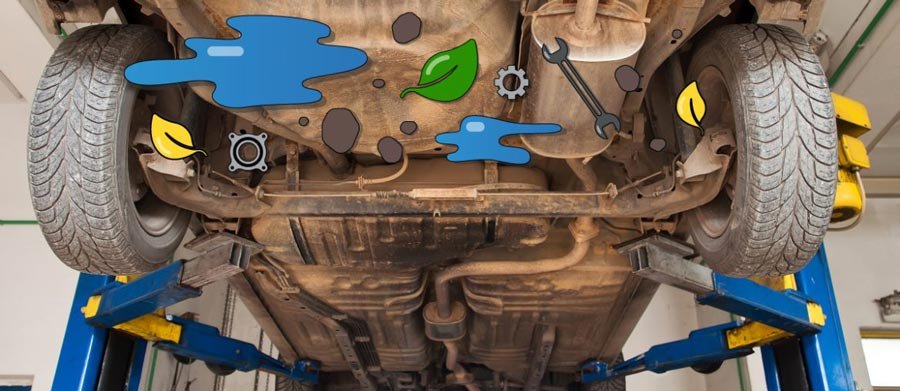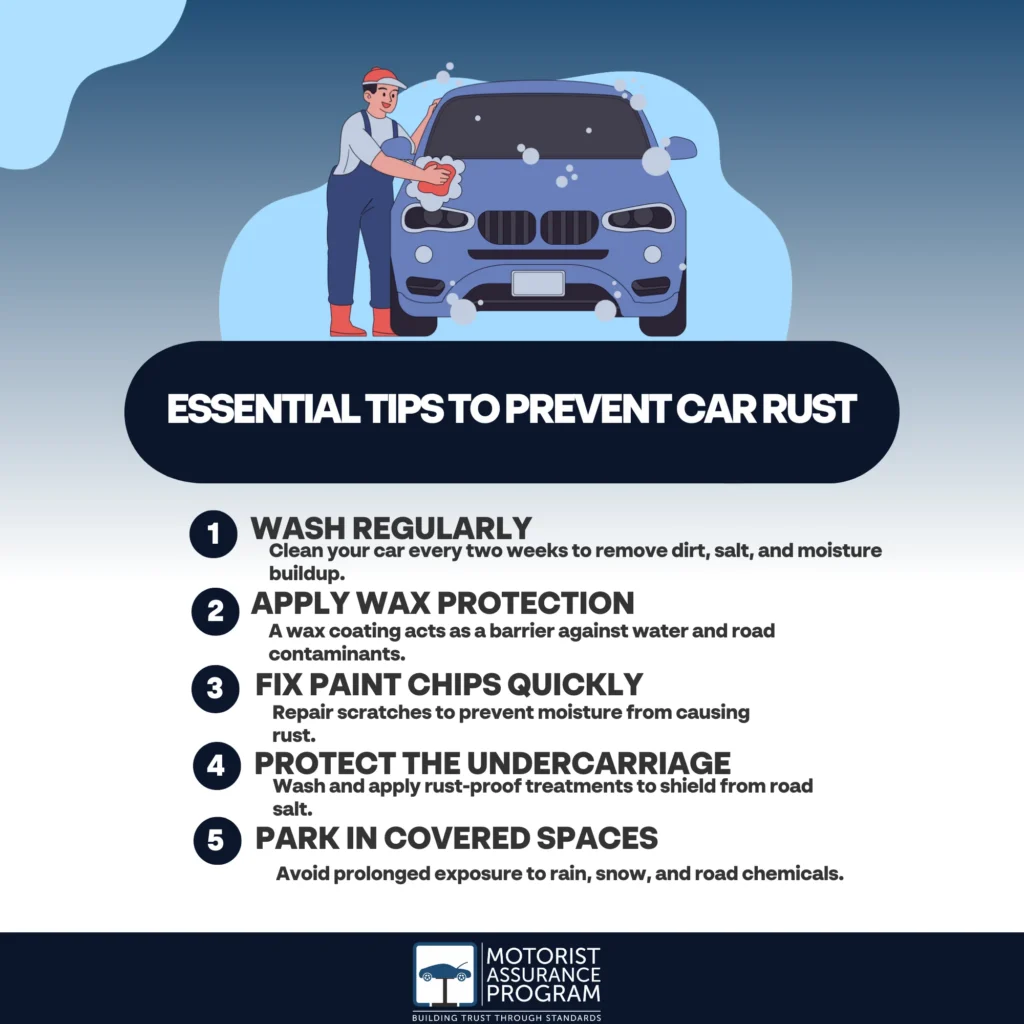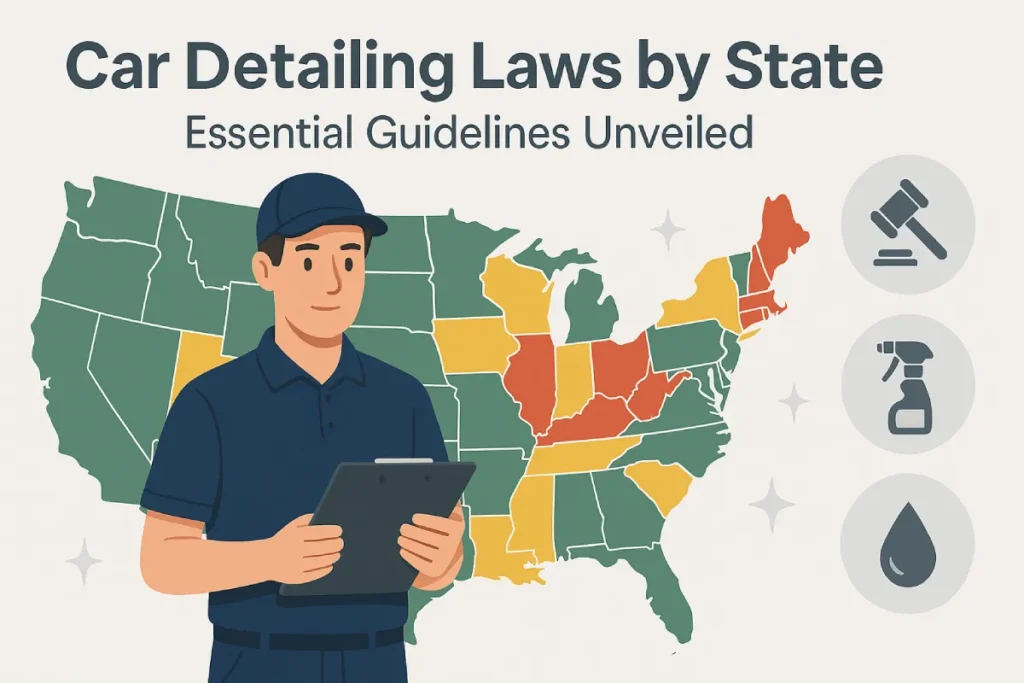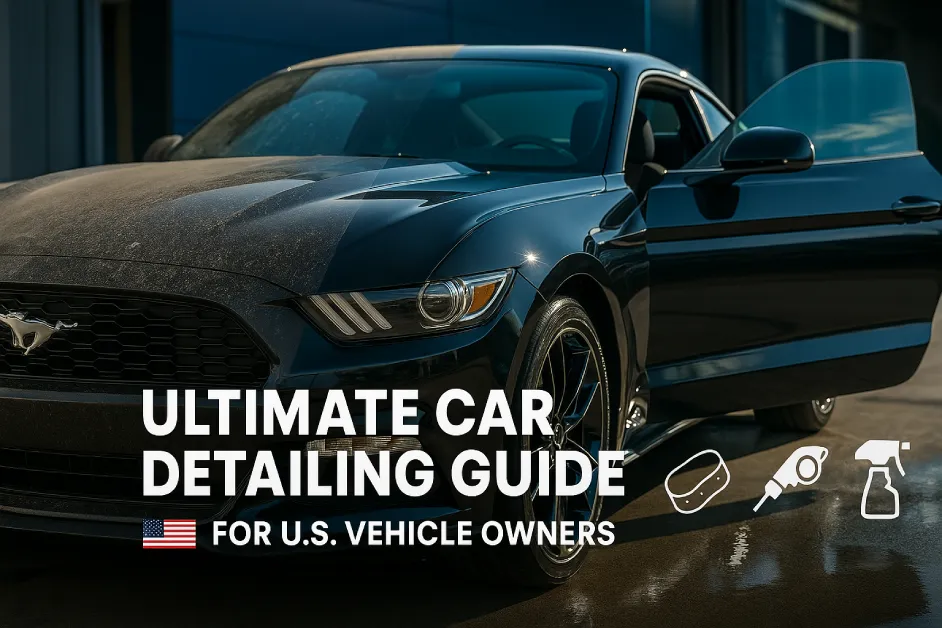Your vehicle’s undercarriage is often the unsung hero, tirelessly supporting your car’s performance while battling harsh elements on the road. Yet, rust can be a relentless foe, silently creeping in and causing significant damage if left unchecked.
Imagine the peace of mind you’d feel knowing your car’s underbelly is safeguarded against rust. Wouldn’t it be reassuring to drive with the confidence that your vehicle’s foundation is strong and protected? We’ll guide you on how to prevent rust during undercarriage cleaning, ensuring your car remains in peak condition for years to come.
Ready to give your vehicle the care it deserves? Let’s dive in!

Credit: helpcenter.autobidmaster.com
Importance Of Undercarriage Maintenance
Regular car maintenance keeps your vehicle running smoothly. The undercarriage of a car is crucial for its longevity. Protecting it can prevent costly repairs. Rust is a common problem that affects the undercarriage. It can weaken the car’s structure over time. Rust prevention is essential for car owners. Keeping the undercarriage clean is the first step.
Many drivers overlook the undercarriage. Dirt and moisture lead to rust quickly. A clean undercarriage helps maintain the car’s value. It also ensures safety on the road. Regular cleaning can save money in the long run. Let’s explore why this maintenance is important.
Understanding The Undercarriage
The undercarriage is the car’s hidden backbone. It supports the vehicle’s weight. It houses crucial parts like the exhaust and suspension. These components need protection from rust. Rust can compromise their function. Knowing the undercarriage layout helps in cleaning.
Impact Of Rust On Vehicle Performance
Rust affects the car’s performance. It can lead to parts breaking down. Rusty components wear out faster. This increases the risk of accidents. Rust also affects fuel efficiency. A clean undercarriage prevents these issues.
Steps To Clean The Undercarriage
Cleaning the undercarriage is simple. Start by rinsing off loose dirt. Use a high-pressure hose for best results. Apply a rust-preventative solution after rinsing. Check for signs of rust regularly. Address them immediately to prevent spread.
Choosing The Right Tools
Using the right tools makes cleaning easier. High-pressure hoses remove stubborn dirt. Wire brushes help scrub off rust. Choose rust-preventative solutions wisely. Ensure they are safe for the car’s materials.
Benefits Of Regular Cleaning
Regular cleaning offers many benefits. It extends the car’s lifespan. It also ensures safety while driving. Clean undercarriages maintain the car’s resale value. They prevent unexpected repairs and costs. Regular maintenance is a wise investment.
`
Common Causes Of Rust
Rust often forms due to moisture exposure and dirt accumulation. Regular undercarriage cleaning can help prevent this damaging corrosion. Ensuring thorough drying after washing reduces the risk of rust development over time.
Rust can be a car owner’s worst nightmare. It silently eats away at your vehicle’s undercarriage, leading to costly repairs. To effectively prevent rust, you first need to understand its common causes. Let’s dive into these potential culprits and arm you with the knowledge to protect your car.
Environmental Exposure
Rain, snow, and humidity are not your car’s best friends. Moisture can cling to metal surfaces, leading to rust over time. Imagine parking your car outside during a rainy week, and then not driving it for a few days. That lingering moisture can kick-start corrosion.
Road Salt
Winter roads are often treated with salt to melt ice. While it makes driving safer, it can wreak havoc on your car’s undercarriage. Salt accelerates rusting by breaking down the protective oxide layer on metal surfaces. If you’ve ever driven on salty roads, you know how quickly your car can look like it’s been through a battle.
Lack Of Regular Cleaning
Neglecting regular cleaning is like inviting rust to a party. Dirt and grime trap moisture against the metal, providing a perfect environment for rust to thrive. It’s easy to overlook the undercarriage during a quick wash, but consider this: how much dirt is accumulating out of sight?
Scratches And Damage
Even small scratches or dents can be a gateway to rust. These imperfections expose bare metal, making it susceptible to moisture. Have you ever noticed how a minor scratch on your car’s body can quickly turn into a rusty blemish? The same happens underneath.
Improper Storage
Storing your vehicle in damp or poorly ventilated areas can accelerate the process of rusting. If your garage is more humid than dry, it may be time to rethink your storage solutions. Ask yourself: Is my car’s parking spot a breeding ground for rust? Understanding these common causes gives you the upper hand in the fight against rust. By addressing these issues, you can significantly extend your vehicle’s life and save money on repairs. What steps will you take to protect your investment?
Best Practices For Cleaning
Keeping your car’s undercarriage clean is essential to prevent rust. Dirt and grime can trap moisture, leading to rust formation. Regular cleaning helps maintain the integrity of your vehicle. Follow these best practices to ensure your undercarriage stays rust-free.
Choosing The Right Cleaning Tools
Selecting the appropriate tools is crucial for effective cleaning. Use a high-pressure hose to remove dirt and debris. Opt for brushes with long handles to reach difficult areas. Consider using a mild detergent to break down stubborn grime. Avoid harsh chemicals that can damage your car’s surface.
Effective Cleaning Techniques
Start by rinsing the undercarriage thoroughly with water. This loosens dirt and prepares the surface for deeper cleaning. Apply detergent evenly across the area, focusing on spots with visible grime. Scrub using brushes to dislodge particles. Rinse again to remove soap and residue. Dry the undercarriage completely to prevent moisture accumulation.

Credit: motorist.org
Protective Coatings And Treatments
Rust can damage your vehicle’s undercarriage. Protective coatings and treatments offer a barrier. They prevent moisture from reaching metal surfaces. Regular cleaning is essential. But without protection, rust can still form. Coatings and treatments act as a shield. They extend the life of your vehicle’s undercarriage.
Types Of Rust Inhibitors
There are various rust inhibitors available. Some are oil-based sprays. Others are wax-based coatings. Each type offers unique benefits. Oil-based sprays penetrate crevices. They provide thorough coverage. Wax-based coatings form a tough layer. They repel water effectively. Choose an inhibitor based on your environment. Humid areas need stronger protection. Dry regions may require less.
Application Methods
Proper application is crucial for effectiveness. Spray cans offer easy use. They reach difficult areas. Paintbrushes provide more control. They allow for a thicker application. Professionals often use specialized equipment. This ensures even distribution. Always follow the manufacturer’s instructions. This maximizes the inhibitor’s benefits. Regular reapplication maintains protection. Schedule it according to your driving conditions.
Regular Inspection And Maintenance
Regular inspection and maintenance keep rust away during undercarriage cleaning. Rust forms when water lingers on metal surfaces. Dry thoroughly after washing to prevent corrosion.
Regular inspection and maintenance are vital for undercarriage rust prevention. Rust can damage your vehicle’s structure. Routine checks keep your car’s undercarriage in top shape. They help you spot issues before they worsen. Simple maintenance tasks can prolong your vehicle’s life. Keep your car safe and sound with regular care.
Identifying Early Signs Of Rust
Spotting rust early helps prevent severe damage. Look for small patches of discoloration. Check for orange or brown spots on metal surfaces. Inspect the undercarriage regularly, especially after rain or snow. Rust can start small but spread quickly. Early detection saves time and money. Use a flashlight to see hidden areas.
Routine Maintenance Schedule
A regular schedule keeps rust at bay. Clean the undercarriage every few months. Wash off dirt and salt with water. Dry the area thoroughly after cleaning. Use rust inhibitors for extra protection. Schedule inspections monthly. Keep track of maintenance tasks in a journal. This helps you see patterns and prevent rust.
Environmental Considerations
Environmental factors significantly influence rust formation during undercarriage cleaning. Understanding these can help in effectively preventing rust. Weather conditions and cleaning solutions play a crucial role. Both must be carefully considered to protect your vehicle’s undercarriage.
Impact Of Weather And Climate
Weather greatly affects rust development. Humid conditions increase moisture levels, speeding up rust. Coastal areas with salty air can accelerate corrosion. In cold regions, road salt can cause rust quickly. Regular cleaning removes harmful elements before rust starts.
Dry climates offer some protection against rust. But dust and dirt can still lead to damage. Clean your undercarriage regularly, regardless of the climate. This ensures protection from rust and prolongs vehicle life.
Eco-friendly Cleaning Solutions
Choosing the right cleaning solution is essential for rust prevention. Eco-friendly options are safe for the environment and effective. They use natural ingredients that are gentle on your vehicle. Avoid harsh chemicals that can damage the undercarriage.
Biodegradable solutions are a good choice. They break down naturally, reducing environmental harm. These solutions clean effectively without leaving harmful residues. Protect your vehicle and the planet with green cleaning products.

Credit: blog.hydrochemsystems.com
Frequently Asked Questions
Does Cleaning The Undercarriage Prevent Rust?
Yes, cleaning the undercarriage helps prevent rust. Removing dirt, salt, and debris reduces corrosion risk. Regular maintenance extends vehicle life, preserving structural integrity. Use high-pressure water for effective cleaning, especially after winter conditions. Protect your car by keeping the undercarriage clean and rust-free.
How Do You Prevent Undercarriage Rust?
Regularly wash the undercarriage to remove dirt and salt. Apply a rust-preventive spray or coating. Inspect for rust spots and repair promptly. Keep drainage holes clear to prevent moisture buildup. Park on paved surfaces to avoid exposure to mud and moisture.
How To Clean And Protect An Undercarriage?
Clean the undercarriage using a pressure washer to remove dirt and debris. Use a degreaser for stubborn grime. Apply rust inhibitor spray for protection. Ensure thorough drying to prevent moisture buildup. Regularly inspect and maintain for optimal performance.
Are Undercarriage Washes Worth It?
Undercarriage washes help remove salt, dirt, and debris, preventing rust and corrosion. They extend your vehicle’s lifespan. Regular cleaning is especially beneficial for those living in snowy or coastal areas. Investing in undercarriage washes can save on costly repairs and maintain your car’s value.
Conclusion
Preventing rust during undercarriage cleaning is essential. Regular cleaning keeps your vehicle strong. Use the right tools for the job. Inspect for any signs of rust. Act quickly if you spot any. A little time spent now saves money later.
Quality rust-proofing products make a difference. Protect your vehicle from harsh weather. Maintain a rust-free undercarriage with consistent care. Clean, inspect, and protect. Keep your vehicle in top shape.
To find more tips about car care, check out our guide, Car Care 101: How to Keep Your Vehicle Clean & Pristine, and How to Choose the Best Car Detailing Kit. Stay proactive, and your car will thank you.















